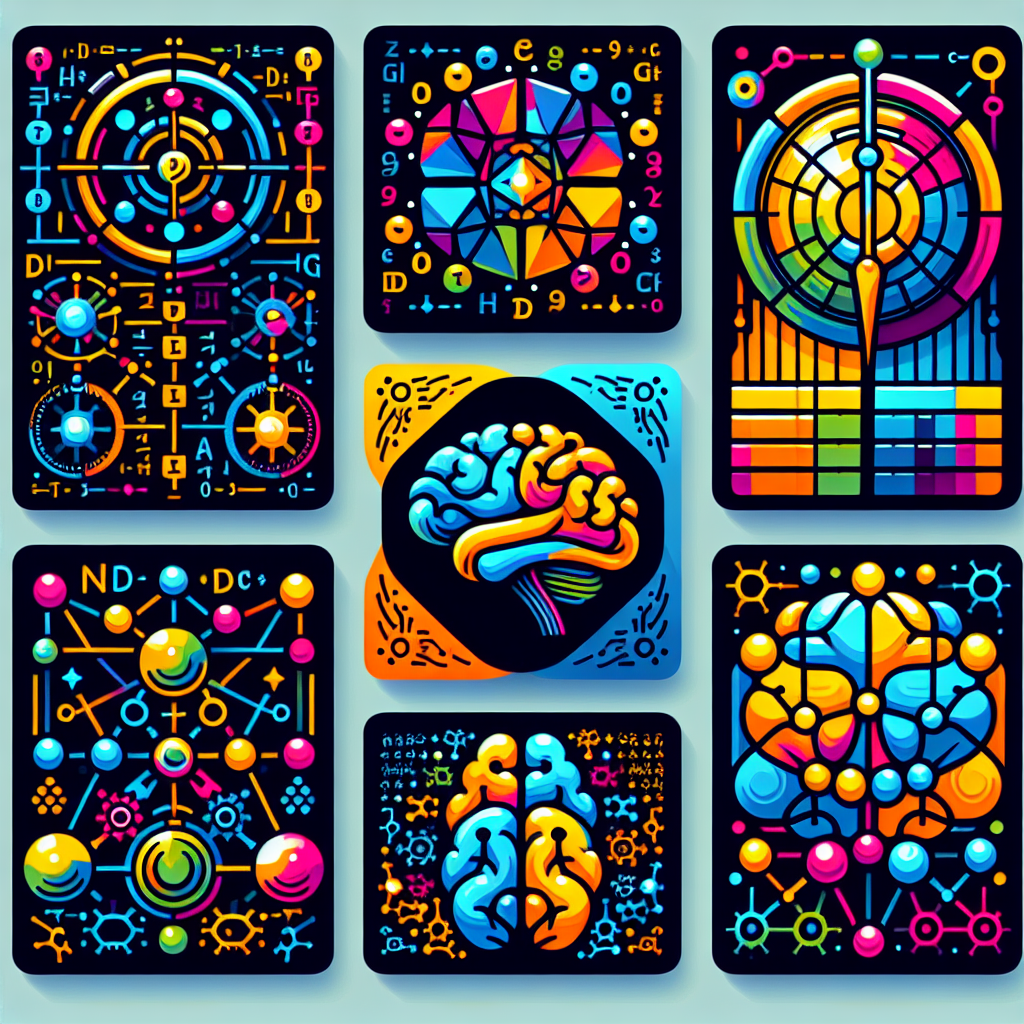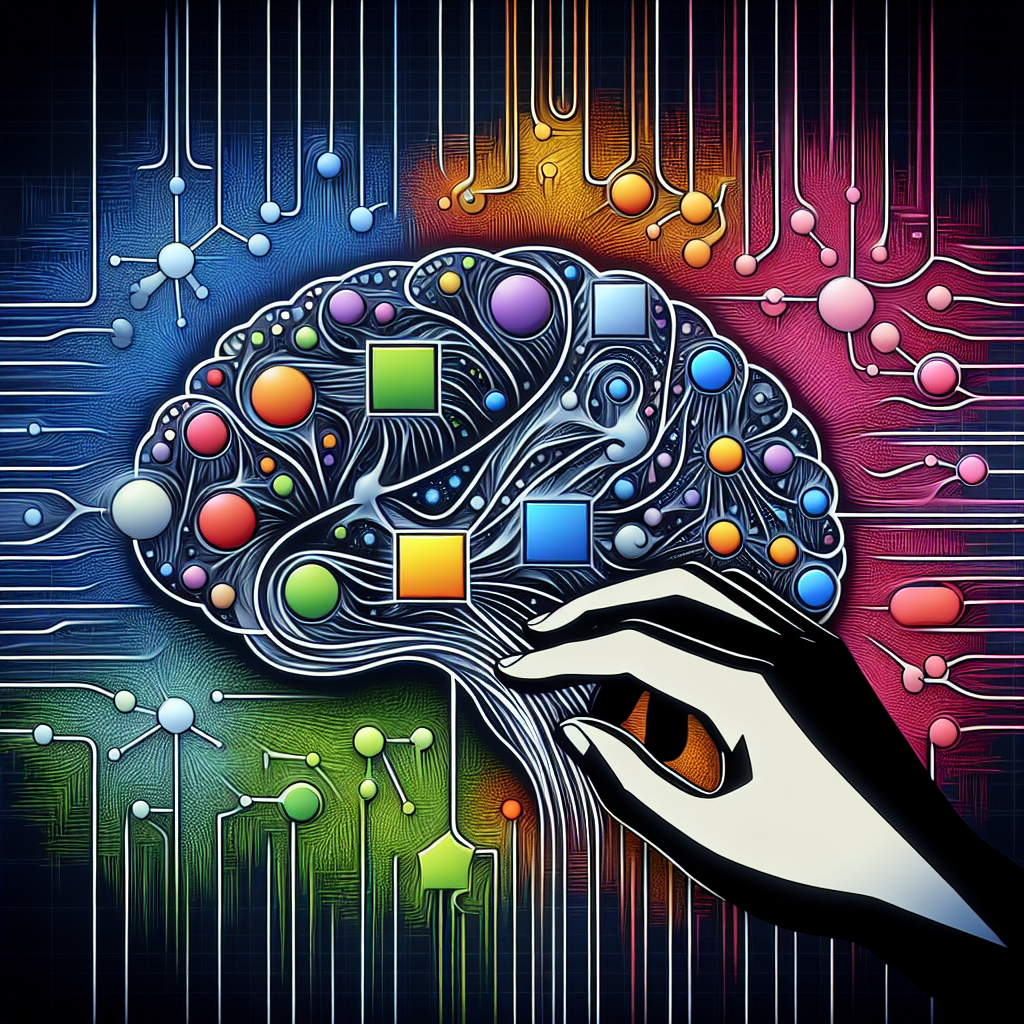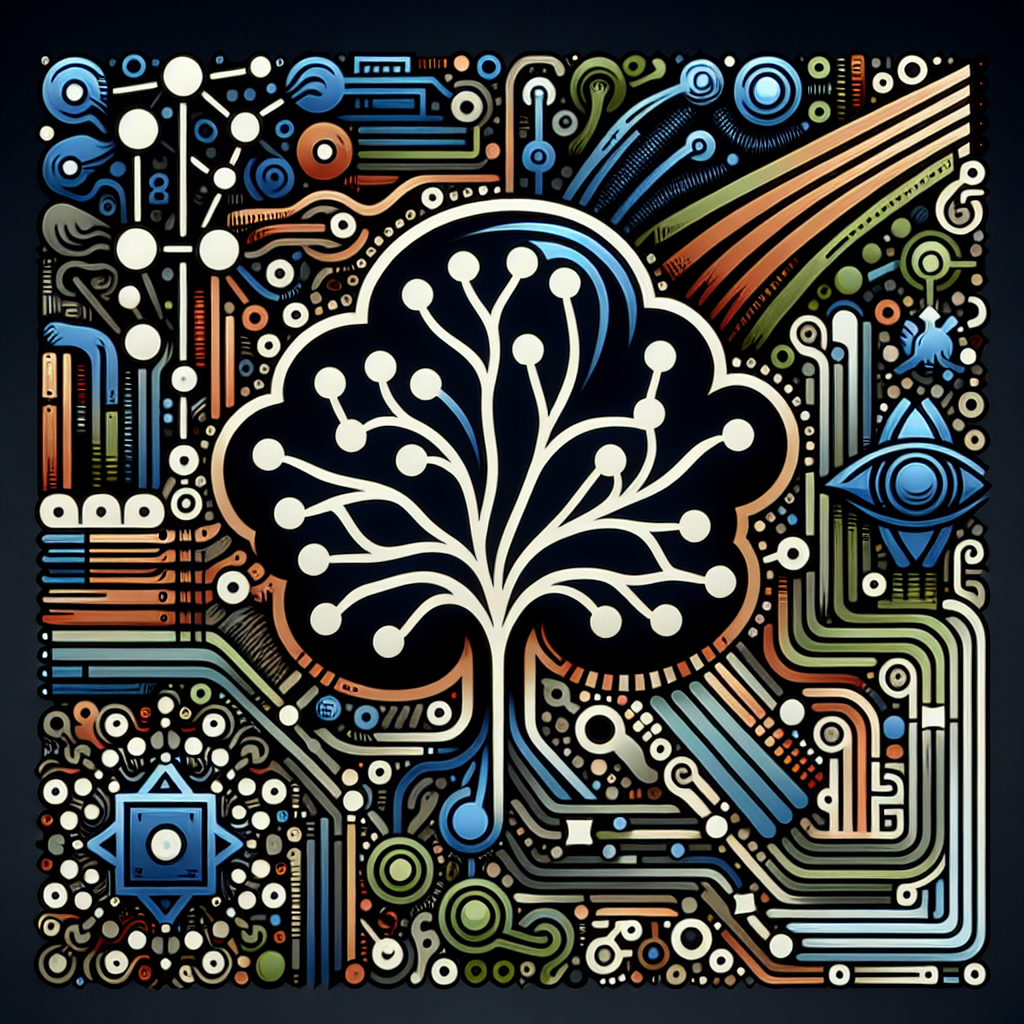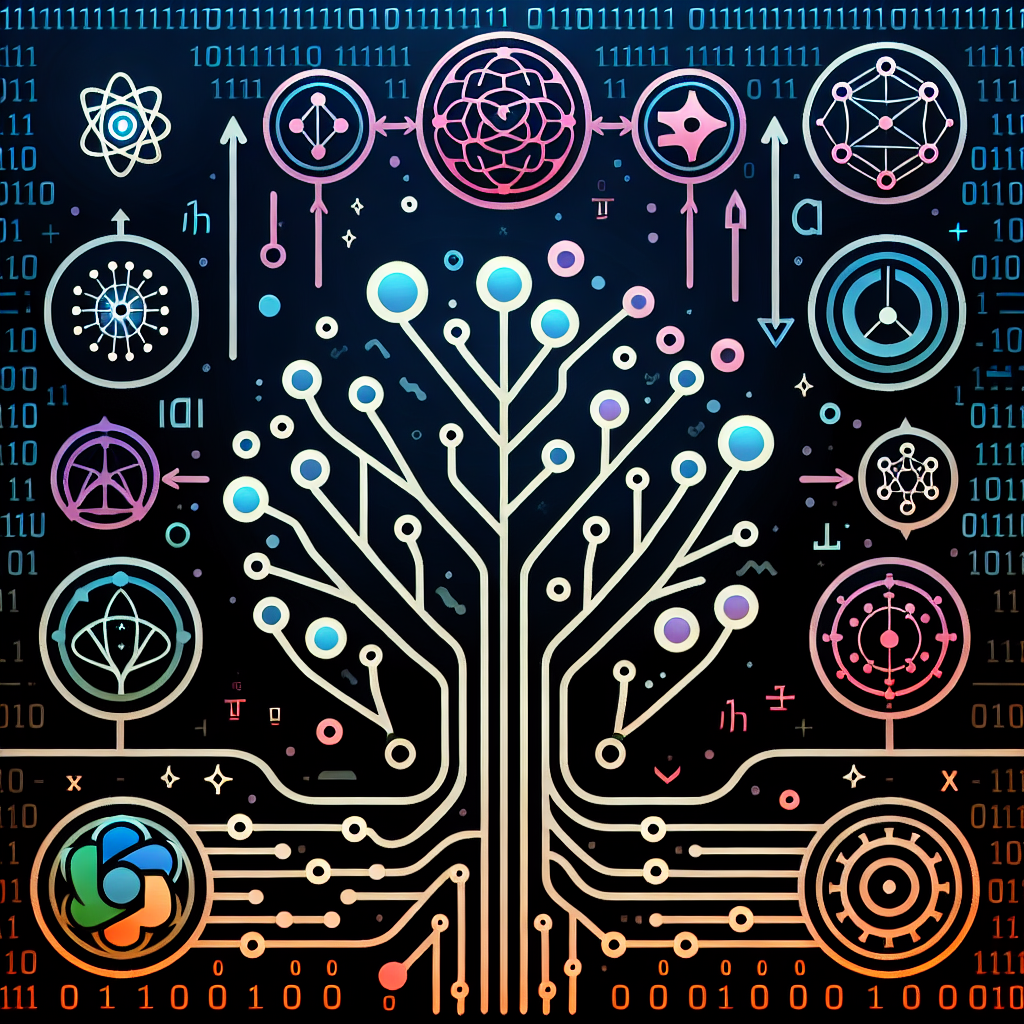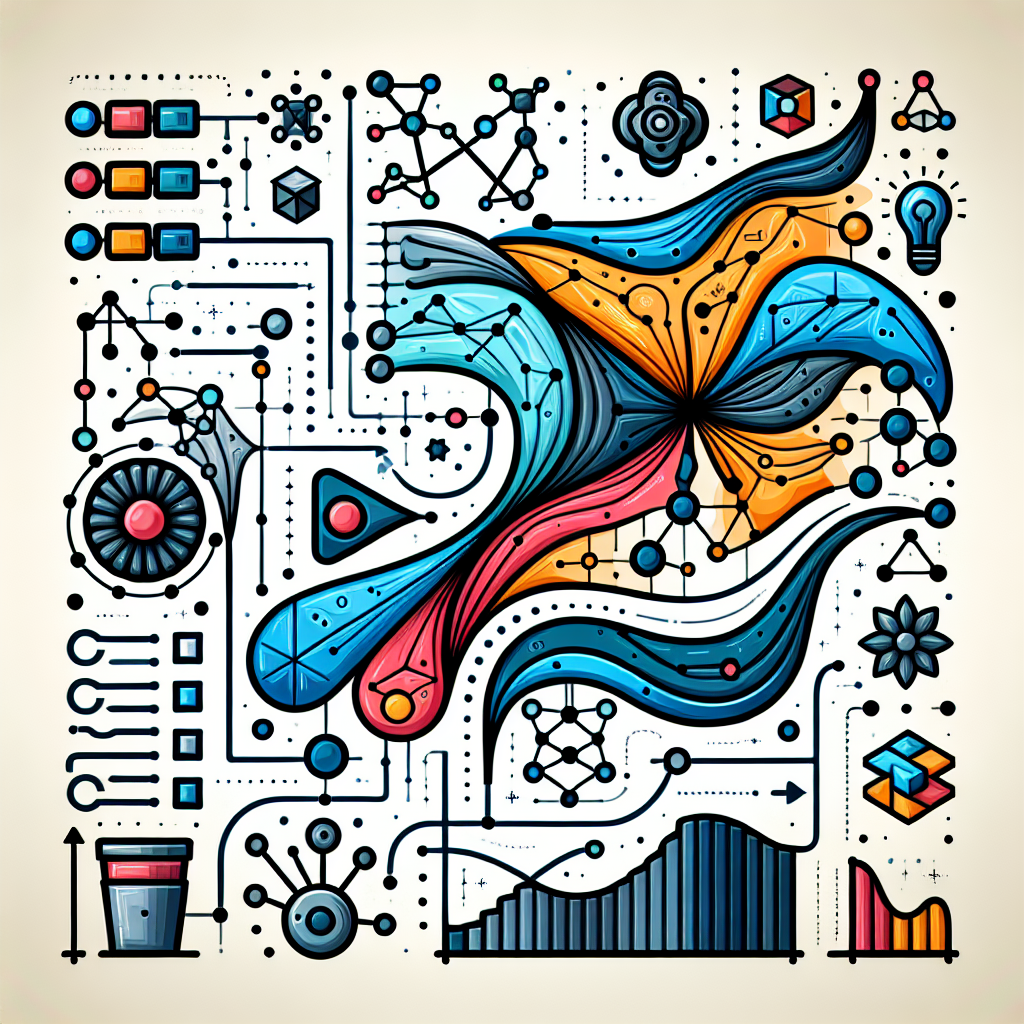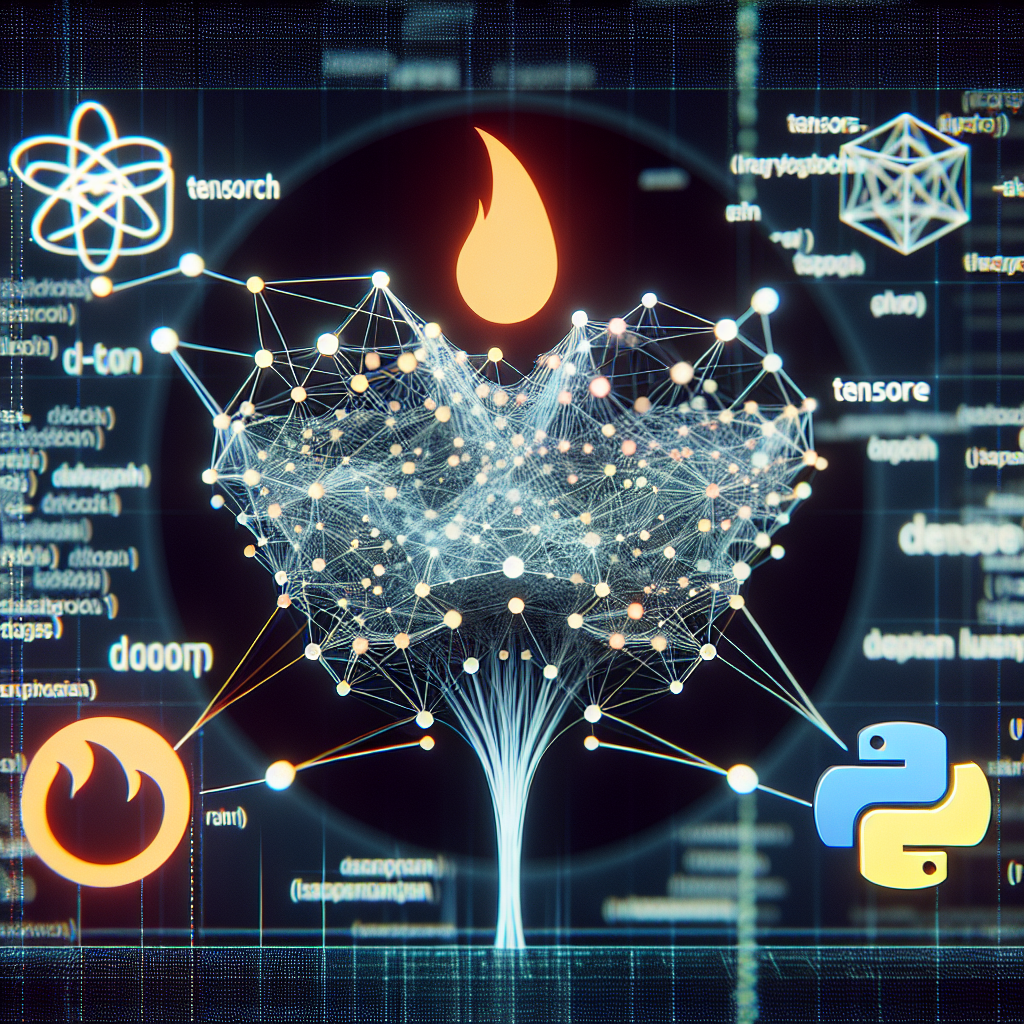Deep learning has become a powerful tool in the field of artificial intelligence, allowing machines to learn from data and make predictions or decisions without being explicitly programmed. Two popular frameworks for implementing deep learning algorithms are PyTorch and TensorFlow. In this article, we will explore how to get started with building machine learning systems using these frameworks.
PyTorch is an open-source machine learning library developed by Facebook’s AI Research lab. It is known for its dynamic computational graph, which allows for easy debugging and experimentation. TensorFlow, on the other hand, is an open-source machine learning framework developed by Google. It is known for its flexibility and scalability, making it suitable for both research and production environments.
To get started with deep learning using PyTorch and TensorFlow, you will need to have a basic understanding of Python programming and machine learning concepts. If you are new to deep learning, it is recommended to start with some introductory courses or tutorials to familiarize yourself with the fundamentals.
Once you have a good grasp of the basics, you can start building your deep learning models using PyTorch or TensorFlow. Both frameworks provide a wide range of pre-built modules and functions that make it easy to construct complex neural networks. You can choose from a variety of models, such as convolutional neural networks for image recognition, recurrent neural networks for sequential data, or generative adversarial networks for generating new content.
To build a deep learning model using PyTorch, you can start by importing the necessary modules and defining the architecture of your neural network. You can then train the model on a dataset using gradient descent optimization and evaluate its performance on a test set. PyTorch provides a number of tools for visualizing and analyzing the results of your model, such as tensorboardX and matplotlib.
Similarly, to build a deep learning model using TensorFlow, you can define the structure of your neural network using the TensorFlow API. You can then compile and train the model using the built-in optimizers and loss functions. TensorFlow also provides tools for monitoring the training process and evaluating the performance of the model, such as TensorBoard and tf.keras.callbacks.
Overall, getting started with deep learning using PyTorch and TensorFlow is an exciting journey that can lead to the development of powerful machine learning systems. By following tutorials, experimenting with different models, and continuously learning and improving your skills, you can become proficient in building deep learning models and solving complex problems in the field of artificial intelligence.
#Started #Deep #Learning #Building #Machine #Learning #Systems #PyTorch #TensorFlow,understanding deep learning: building machine learning systems with pytorch
and tensorflow: from neural networks (cnn
